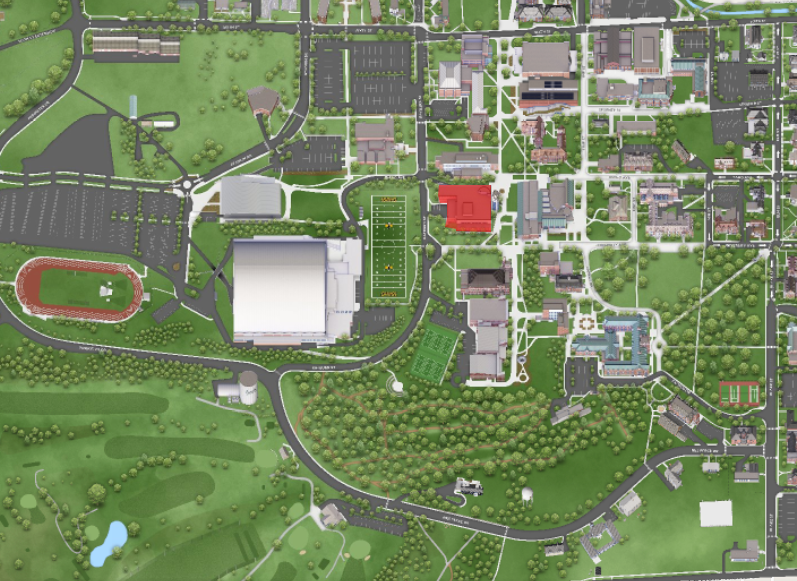Introduction
Welcome to the Library!
✺
To begin,
- Have you been to the library building?
- Have you visited the library website?
- Have you ever talked to a librarian (before today)?
- Have you ever used the library’s chat help?
Research Help
The big take away: University of Idaho Librarians are on campus to help you!
The library can be a complicated and overwhelming place, please don’t be hesitate to ask questions.
✺
Library Bingo:
| Visit the Reference Desk (just inside the Library’s front door). | Connect with Reference librarians via chat, text, or email. |
| Ask anytime on our 24/7 Chat Reference. | Explore our website. |
| Book a room for your group meeting. | Play a board game. |
Goals
The intention of this workshop is to:
- Walk you through an overview of all of the resources the library has to offer
- The most effective search strategies to use with them
- Conclude with some recommendations for how to store, annotate and preserve your research for future reference
About me:
My name is Andrew Weymouth and I have worked with the University of Idaho Library as the Digital Initiatives Librarian in the Center for Digital Inquiry and Learning (CDIL) department since the fall of 2023. My work generally consists of creating and maintaining our digital collections, collaborating on projects with fellowship recipients, helping to rethink processes and introducing new digital scholarship tools to the department.

